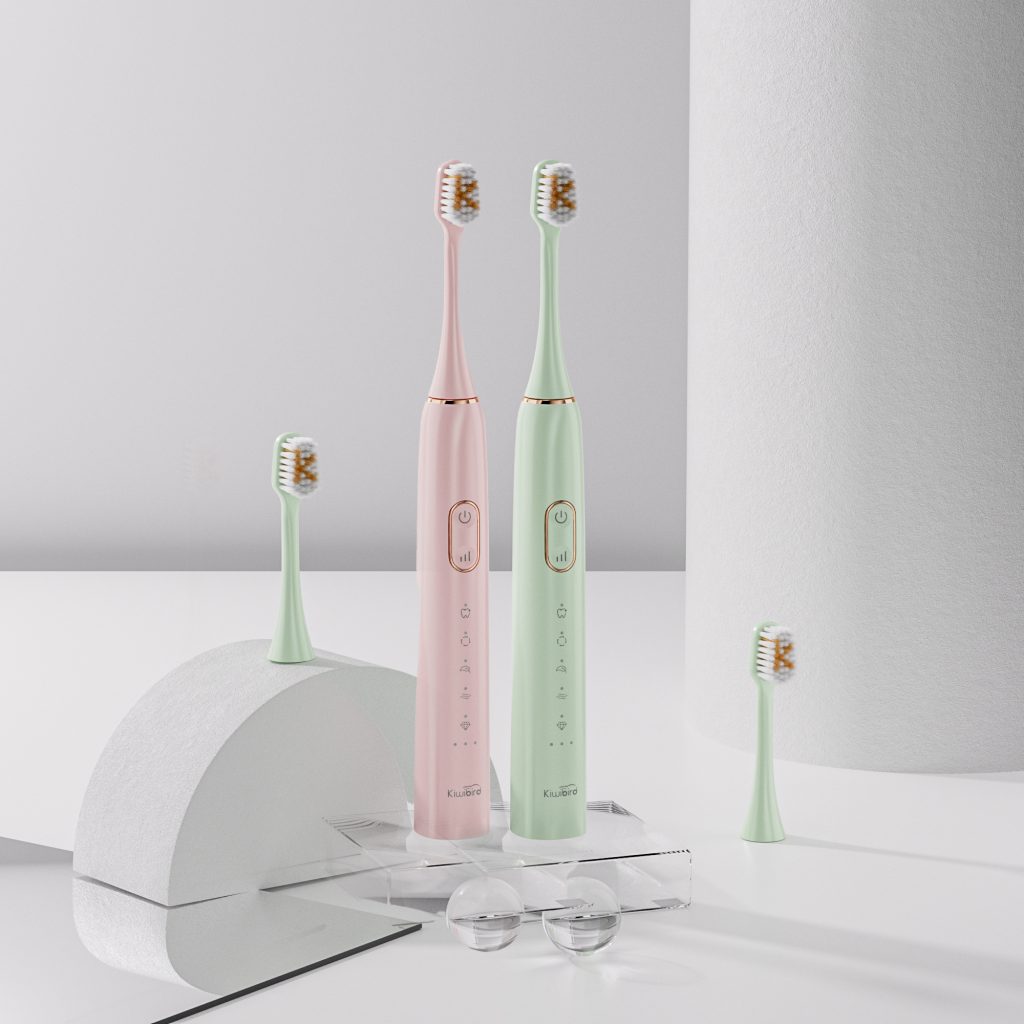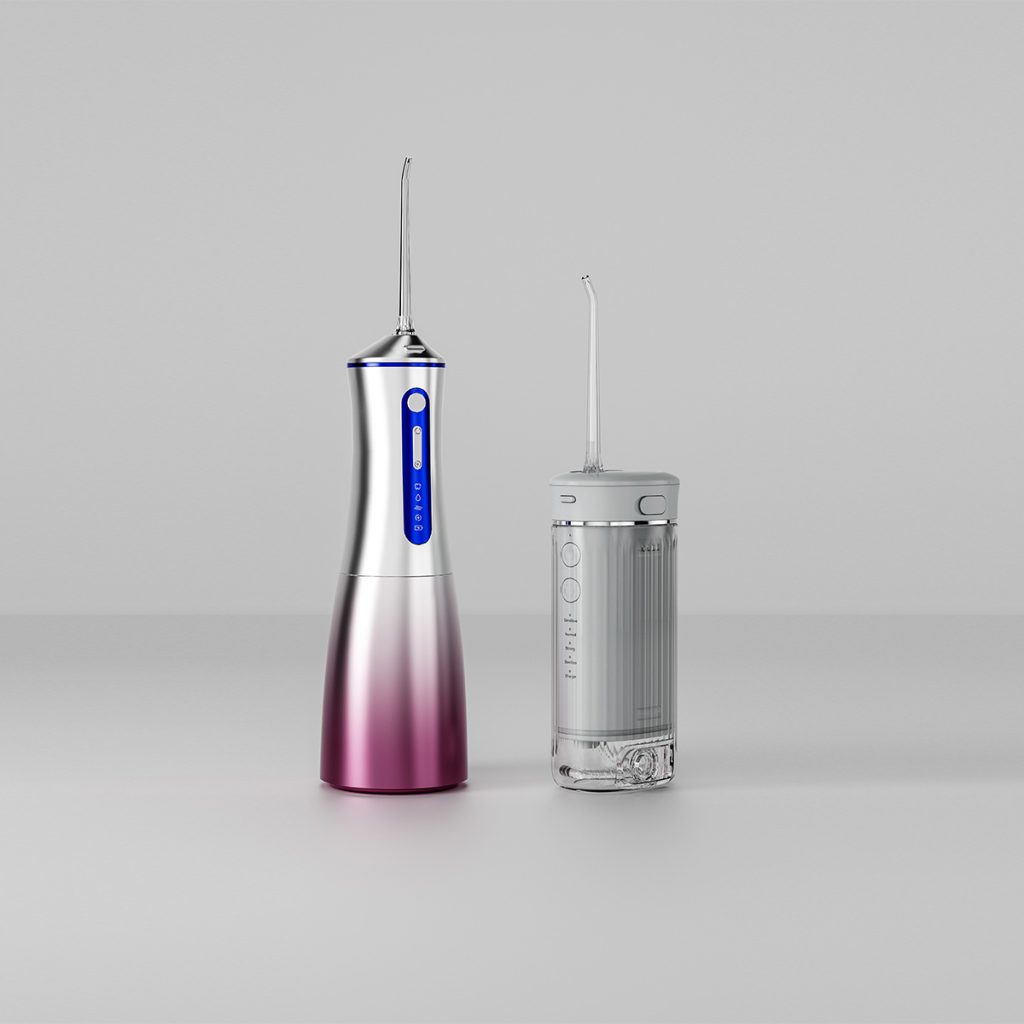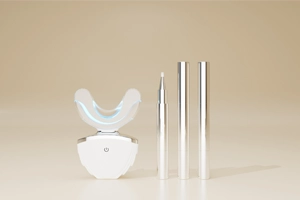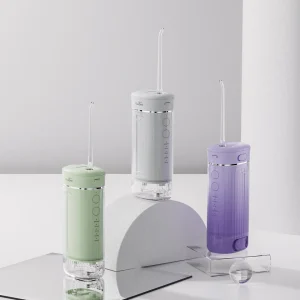In children’s oral care, an excessive noise level can startle little ones, undermine brushing habits, and even pose risks to child safety by affecting delicate hearing. Therefore, as B2B manufacturers, we must understand noise sources, comply with pediatric hearing guidelines, and optimize designs to deliver brushes that are both quiet and safe.
Why Noise Control Is Crucial for Kids
High noise levels can lead to:
- Fear and Resistance: Harsh buzzing discourages children from brushing, disrupting healthy routines.
- Hearing Disturbance: Prolonged exposure to elevated decibels in close proximity may affect a child’s auditory development.
- Shortened Brushing Time: Kids rush through brushing to escape the noise, compromising cleaning effectiveness.
Balancing quiet operation with effective cleaning is key to both user comfort and child safety.
Pinpointing Noise Sources: Motor to Housing
Major contributors to a noisy kids’ toothbrush include:
- Drive Motor: Rotor resonance and gear meshing generate mechanical noise.
- Gears & Bearings: Inexpensive plastic gears or unlubricated bearings amplify squeaks and grinding sounds.
- Brush Head Vibration: Bristle contact with teeth produces additional sound.
- Housing Resonance: A thin plastic or metal shell can amplify internal vibrations if not properly damped.
Effective noise reduction must address each of these areas.Company web:https://www.powsmart.com/product/electric-toothbrush/
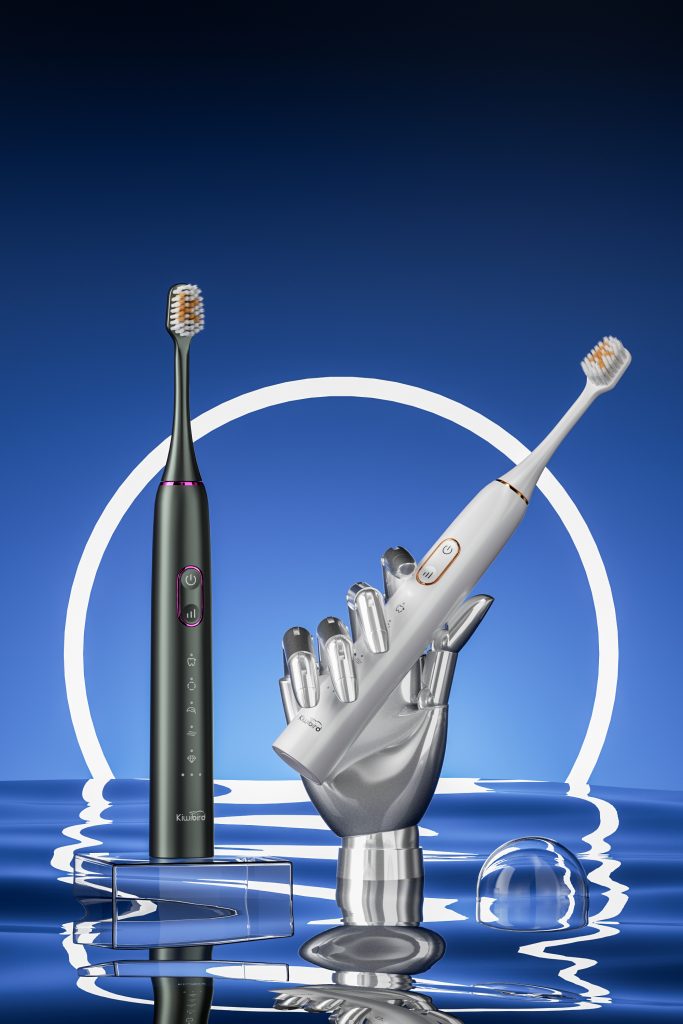
Measuring & Evaluating Decibel Levels
For accurate assessment, manufacturers should:
- Use A‑Weighted Sound Meters: Test brushing modes in an acoustically treated lab to record dB(A) levels per IEC/ISO standards.
- Simulate Real‑World Conditions: Measure noise at a child’s typical brush‑to‑ear distance (10–20 cm) and in echoing bathrooms.
- Perform Vibration Modal Analysis: Employ accelerometers and acoustic cameras to locate and quantify resonant hotspots.
- Conduct User Trials: Gather subjective comfort ratings from children across age groups, correlating them with objective decibel data.
Combining objective metrics with user feedback ensures compliant and comfortable noise levels.
Design Optimizations: Materials to Structure
Key engineering strategies for lowering noise include:
- Low‑Noise Motors: Adopt brushless DC or magnetic‑resistance motors to minimize mechanical and commutation sounds.
- Precision Gearing: Use high‑tolerance, low‑friction materials (e.g., engineering plastics) and optimized tooth profiles.
- Damped Housings: Line the interior shell with vibration‑absorbing materials like silicone pads or epoxy coating.
- Isolated Brush Heads: Incorporate soft‑mount buffers at the brush‑to‑shaft interface to break vibration paths.
- Optimized Cavity Geometry: Use finite‑element acoustic modeling to eliminate resonant frequencies.
- Quality Lubrication & Sealing: Apply long‑life, low‑noise greases to gears and bearings, and ensure tight seals to prevent rattle.
These measures reduce the toothbrush’s overall noise level without compromising cleaning performance.
Ensuring Child Safety & Regulatory Compliance
While minimizing noise, also uphold child safety by:
- Adhering to Decibel Limits: Maintain continuous operating sound below 60–70 dB(A) as recommended for pediatric devices.
- Using Biocompatible Materials: All vibration-damping and lubricant materials must meet ISO 10993 biocompatibility standards.
- Maintaining Electrical Safety: Ensure insulation and sealing protect young users from any electrical hazard.
- Preventing Slips & Choking: Design ergonomic grips and secure brush attachments so children can use the brush safely, even at low volume.
Rigorous compliance testing is non‑negotiable before product launch.
Continuous Improvement & Market Feedback
To stay ahead, B2B manufacturers should implement:
- Data‑Driven Monitoring: Leverage smart toothbrush connectivity to collect in‑field noise and usage data for ongoing optimization.
- User Experience Panels: Conduct regular focus groups with parents and children to validate new prototypes.
- Rapid Firmware Iteration: Update drive‑waveform algorithms and feedback features via OTA releases.
- Cross‑Disciplinary Collaboration: Work with acousticians, pediatric audiologists, and child‑behavior specialists to define next‑generation quiet‑and‑safe standards.
By combining data, direct feedback, and expert partnerships, you’ll continuously refine and deliver superior, child‑friendly products.
Conclusion
A quiet electric toothbrush is not just more pleasant—it’s essential for child safety and building healthy brushing habits. Through precise measurement, targeted engineering improvements, and rigorous compliance, manufacturers can offer brushes that Noise Level without sacrificing cleaning power. For custom noise‑reduction solutions or pediatric safety collaborations, please contact our engineering team!
